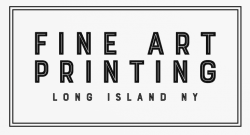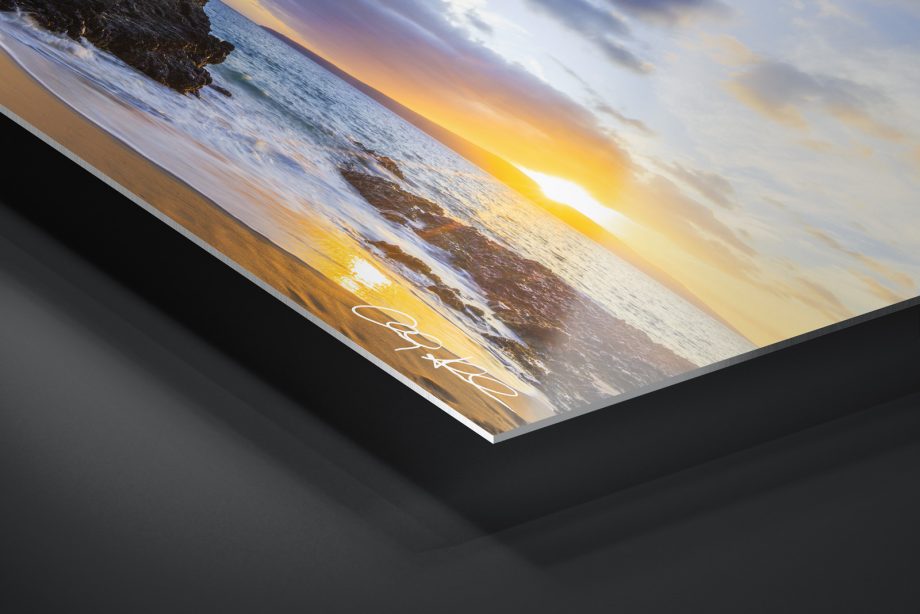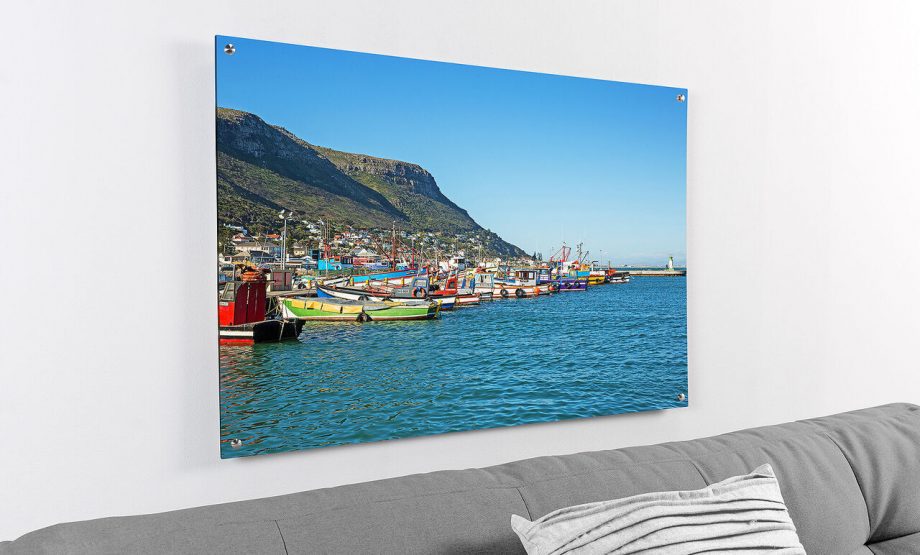Introduction
When it comes to displaying art, the frame you choose can make a substantial difference in how the artwork is perceived. Two popular choices are floating frames and regular frames, each bringing its unique touch to art presentation. In this blog post, we closely examine and compare the differences between floating frames and regular frames, providing keen insights to help you make an informed decision for your next art project.
Defining Floating and Regular Frames
To fully appreciate the nuances between floating and regular frames, we first clearly define what each term signifies. Floating frames, as the name suggests, create a small space or gap between the art and the inner edges of the frame. This gives a three-dimensional effect, making it appear like the art is floating within the frame.
Regular frames, on the other hand, directly border the artwork, with the frame fully enclosing and often overlapping the edges of the art piece. Unlike floating frames, regular frames have direct contact with the artwork.
Visual Appeal and Aesthetics
When it comes to visual charm and aesthetics, floating and regular frames both have unique merits:
- Floating Frames: The gap between the art and frame edges lends these frames a clean, contemporary, and sophisticated impression. The floating effect accentuates the artwork brilliantly, immediately grabbing the viewer’s attention. This makes floating frames an excellent choice for modern Minimalist art pieces.
- Regular Frames: Regular frames offer a classic, familiar, and timeless appeal that adds a layer of warmth to the artwork. The traditional encasing gives a nostalgic touch, providing familiarity and a comforting effect. This makes regular frames well-suited for vintage art styles.
Protection and Preservation Properties
An important criteria in choosing frames is the protection and durability they provide for long-lasting preservation:
- Floating Frames: The spacing between the art and frame provides an extra layer of protection, keeping the artwork untouched and less prone to bending and environmental damages. The work can also be showcased in its entirety without any overlap.
- Regular Frames: While regular frames fully seal and guard the artwork, they hide the edges which can be a hindrance if the unfinished edges hold artistic significance. However, the enclosure protects from wear and tear extremely well.
Installation Process and Adjustability
Ease of setup and flexibility to rearrange is another key differentiation factor between the two frames:
- Floating Frames: Getting the right floating effect requires diligent mounting and accurate width adjustments which can be tricky. But the plus side is that floating frames are highly adaptable and the art can be easily shifted around to get the positioning just right.
- Regular Frames: In comparison, regular frames are generally simpler to install and only need basic alignment. They offer less flexibility for positioning but provide solid encasing once fixed.
Cost Implications
Due to the extra design elements and unconventional shape, floating frames come at a higher price:
- Floating Frames: The unique production process and unconventional shape lead to higher pricing for floating frames. The cost also depends on the material used like wood, metal etc.
- Regular Frames: Providing simplicity in design and standard shapes, regular frames are widely-available at affordable price points to meet different budget needs.
Do-It-Yourself Opportunities
For those who relish artsy projects, both frames offer DIY prospects:
- Floating Frames: Creating floating frames from scratch can be an enjoyable Do-It-Yourself endeavor for artsy creators looking for a weekend project. However, getting the right proportions to achieve the floating effect does require some skill.
- Regular Frames: With simple construction and easily available materials like wood and glass, regular frames make for easier DIY projects for hobbyists. The straight-forward assembly process is less complex compared to floating frames.
Conclusion
In closing, when finalizing your art frame choice between the modern floating frame or the classic regular frame, carefully evaluate priorities like intended art style, protection needs, budget constraints, and skill level to determine the best fit. Both frame varieties have unique artistic impressions. Identify what appeals more – the contemporary charm of floating frames or the nostalgic warmth of regular frames to showcase your cherished art.




